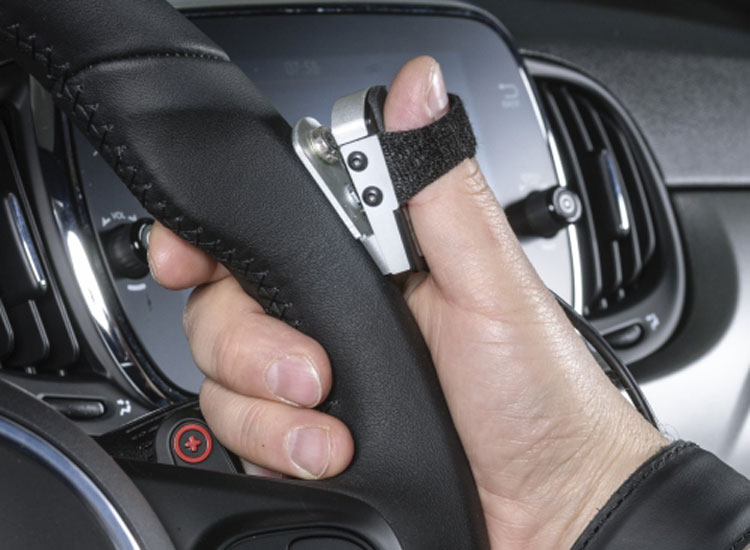 There is a wide range of electronic hand controls available on the market. Most operate in a similar way to mechanical hand controls but they are much lighter to use. The majority of electronic accelerators are also used alongside a mechanical brake, however, electronic brake systems are also available.
There is a wide range of electronic hand controls available on the market. Most operate in a similar way to mechanical hand controls but they are much lighter to use. The majority of electronic accelerators are also used alongside a mechanical brake, however, electronic brake systems are also available.
Why choose electronic hand controls
Some drivers have limited strength in their upper body as well as in the lower body, which can make operating mechanical hand controls difficult. In these cases, electronic systems can provide a good solution, because very little pressure or upper body strength is required to operate them.
If you aren’t sure which hand controls you require, our team is here to talk through your options with you. If you have never used hand controls before, we may recommend a driving assessment with an accredited assessment centre.
Over-ring accelerators
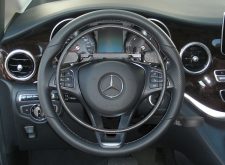 The over-ring accelerator is designed to sit neatly over the steering wheel, blending in with the vehicle’s interior. The ring is simply pressed downwards to accelerate. Because the system is electronic, very little pressure or upper body strength is required to operate the over ring, which makes it a great solution for drivers with limited mobility in the upper body.
The over-ring accelerator is designed to sit neatly over the steering wheel, blending in with the vehicle’s interior. The ring is simply pressed downwards to accelerate. Because the system is electronic, very little pressure or upper body strength is required to operate the over ring, which makes it a great solution for drivers with limited mobility in the upper body.
The brake fitted with the over ring accelerator is usually a mechanical push lever system operated by the right hand. A safety feature ensures the accelerator automatically cuts out when braking is applied.
The over ring system allows the driver to operate the accelerator without removing the hands from the steering wheel, which means there is no need for a steering ball or an indicator switch on the brake lever. It also allows the driver to change the position of the hands whilst still operating the throttle, so there’s less chance of stiffening up after prolonged periods of driving.
Under-ring accelerators
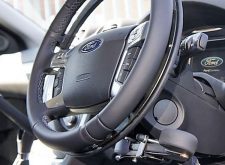 The under-ring accelerator is designed to sit neatly under the steering wheel, blending in with the vehicle’s interior. The ring is simply pressed inwards (towards the steering wheel) to accelerate. Because the system is electronic, very little pressure or upper body strength is required to operate the under-ring, which makes it a great solution for drivers with limited mobility in the upper body.
The under-ring accelerator is designed to sit neatly under the steering wheel, blending in with the vehicle’s interior. The ring is simply pressed inwards (towards the steering wheel) to accelerate. Because the system is electronic, very little pressure or upper body strength is required to operate the under-ring, which makes it a great solution for drivers with limited mobility in the upper body.
The brake fitted with the under-ring accelerator is usually a mechanical push lever system operated by the right hand. A safety feature ensures the accelerator automatically cuts out when braking is applied.
The under-ring system allows the driver to operate the accelerator without removing the hands from the steering wheel, which means there is no need for a steering ball or an indicator switch on the brake lever. It also allows the driver to change the position of the hands whilst still operating the throttle, so there’s less chance of stiffening up after prolonged periods of driving.
The Ghost Accelerator
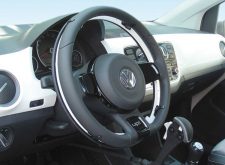 The Ghost Accelerator is the latest in electronic hand controls. It is designed to sit neatly under the steering wheel, blending in with the vehicle’s interior. The driver accelerates by performing a simple rotary movement with the ring (clockwise or anticlockwise). Because the system is electronic, very little pressure or upper body strength is required to operate the under ring, which makes it a great solution for drivers with limited mobility in the upper body.
The Ghost Accelerator is the latest in electronic hand controls. It is designed to sit neatly under the steering wheel, blending in with the vehicle’s interior. The driver accelerates by performing a simple rotary movement with the ring (clockwise or anticlockwise). Because the system is electronic, very little pressure or upper body strength is required to operate the under ring, which makes it a great solution for drivers with limited mobility in the upper body.
The brake fitted with the Ghost accelerator is usually a mechanical push lever system operated by the right hand. A safety feature ensures the accelerator automatically cuts out when braking is applied.
The Ghost system allows the driver to operate the accelerator without removing the hands from the steering wheel, which means there is no need for a steering ball or an indicator switch on the brake lever. It also allows the driver to change the position of the hands whilst still operating the throttle, so there’s less chance of stiffening up after prolonged periods of driving.
Electronic radial hand controls
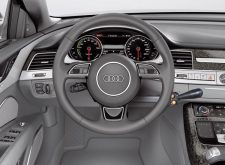 Radial electronic hand controls operate in a similar way to push/pull hand controls. The brake and accelerator are controlled using a lever system that is operated by the right hand. The brake is controlled by pushing the lever away (towards the front of the car) and the accelerator is controlled by pushing the lever downwards (towards the floor of the vehicle). A safety feature ensures the accelerator automatically cuts out when braking is applied.
Radial electronic hand controls operate in a similar way to push/pull hand controls. The brake and accelerator are controlled using a lever system that is operated by the right hand. The brake is controlled by pushing the lever away (towards the front of the car) and the accelerator is controlled by pushing the lever downwards (towards the floor of the vehicle). A safety feature ensures the accelerator automatically cuts out when braking is applied.
Because the system is electronic, very little pressure or upper body strength is required to operate it, which makes it a great solution for drivers with limited mobility in the upper body. Electronic radial hand controls are also a great solution for drivers who experience problems with gripping because the hand can simply be rested on the lever to operate the accelerator instead of needing to pull it towards the body, as is necessary with push/pull style controls.
Trigger hand controls
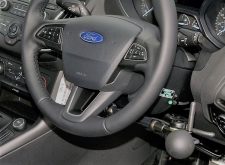 Trigger hand controls operate in a similar way to push/pull hand controls. The brake and accelerator are controlled using a lever and trigger system that is operated by the right hand. The brake is mechanical and is controlled by pushing the lever away (towards the front of the car) and the accelerator is electronic and controlled by using the index finger to pull a small trigger. A safety feature ensures the accelerator automatically cuts out when braking is applied.
Trigger hand controls operate in a similar way to push/pull hand controls. The brake and accelerator are controlled using a lever and trigger system that is operated by the right hand. The brake is mechanical and is controlled by pushing the lever away (towards the front of the car) and the accelerator is electronic and controlled by using the index finger to pull a small trigger. A safety feature ensures the accelerator automatically cuts out when braking is applied.
Because the accelerator is electronic, very little pressure or upper body strength is required to operate the system, which makes it a great solution for drivers with limited mobility in the upper body.
Satellite accelerators
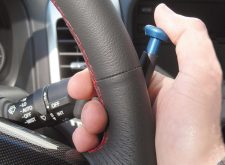 The satellite accelerator is operated by pressing down on a small plunger that is attached to a lead, allowing it to be held in one hand, in a variety of positions. This allows the driver to change the position of the hands whilst still operating the throttle, so there’s less chance of stiffening up after prolonged periods of driving. Because the system is electronic, very little pressure or upper body strength is required to operate the accelerator, which makes it a great solution for drivers with limited mobility in the upper body.
The satellite accelerator is operated by pressing down on a small plunger that is attached to a lead, allowing it to be held in one hand, in a variety of positions. This allows the driver to change the position of the hands whilst still operating the throttle, so there’s less chance of stiffening up after prolonged periods of driving. Because the system is electronic, very little pressure or upper body strength is required to operate the accelerator, which makes it a great solution for drivers with limited mobility in the upper body.
The brake fitted with the satellite accelerator is usually a mechanical push lever system operated by the right hand. A safety feature ensures the accelerator automatically cuts out when braking is applied.
Electronic pull accelerators
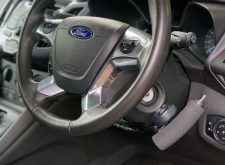 The electronic pull accelerator is a lever system that is operated with the right hand. The brake is mechanical and is controlled by pushing the lever away (towards the front of the car) and the accelerator is electronic and is controlled by pulling the lever inwards, towards the driver’s body. Because the accelerator is electronic, very little pressure or upper body strength is required to operate the system, which makes it a great solution for drivers with limited upper-body mobility. A safety feature ensures that the accelerator automatically cuts out when braking is applied.
The electronic pull accelerator is a lever system that is operated with the right hand. The brake is mechanical and is controlled by pushing the lever away (towards the front of the car) and the accelerator is electronic and is controlled by pulling the lever inwards, towards the driver’s body. Because the accelerator is electronic, very little pressure or upper body strength is required to operate the system, which makes it a great solution for drivers with limited upper-body mobility. A safety feature ensures that the accelerator automatically cuts out when braking is applied.
The push/pull systems we fit are the very best on the market – and we always select the modern ‘discreet’ control systems wherever possible. With these systems, the metal rods are largely hidden, which is not only aesthetically far more pleasing than having them on show, but also makes entering and exiting the vehicle much easier without banging the knees.
Bespoke solutions tailored to your needs
At Ergomobility, we pride ourselves on our ability to engineer bespoke solutions to resolve complex problems. If you’ve previously been told something can’t be done, please contact us to discuss your requirements so we can look at your options with you.
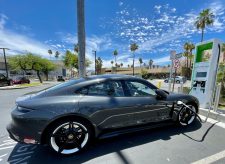 One of the most important aspects of adult independence is being able to get around by yourself. Whether you’re going to work, meeting a friend, or simply going to the shop to choose your own groceries, being able to drive can be an essential part of this. It’s especially important for those who live in rural areas, who may struggle to access public transportation, or for those with disabilities, who might find it difficult to use buses or trains.
One of the most important aspects of adult independence is being able to get around by yourself. Whether you’re going to work, meeting a friend, or simply going to the shop to choose your own groceries, being able to drive can be an essential part of this. It’s especially important for those who live in rural areas, who may struggle to access public transportation, or for those with disabilities, who might find it difficult to use buses or trains.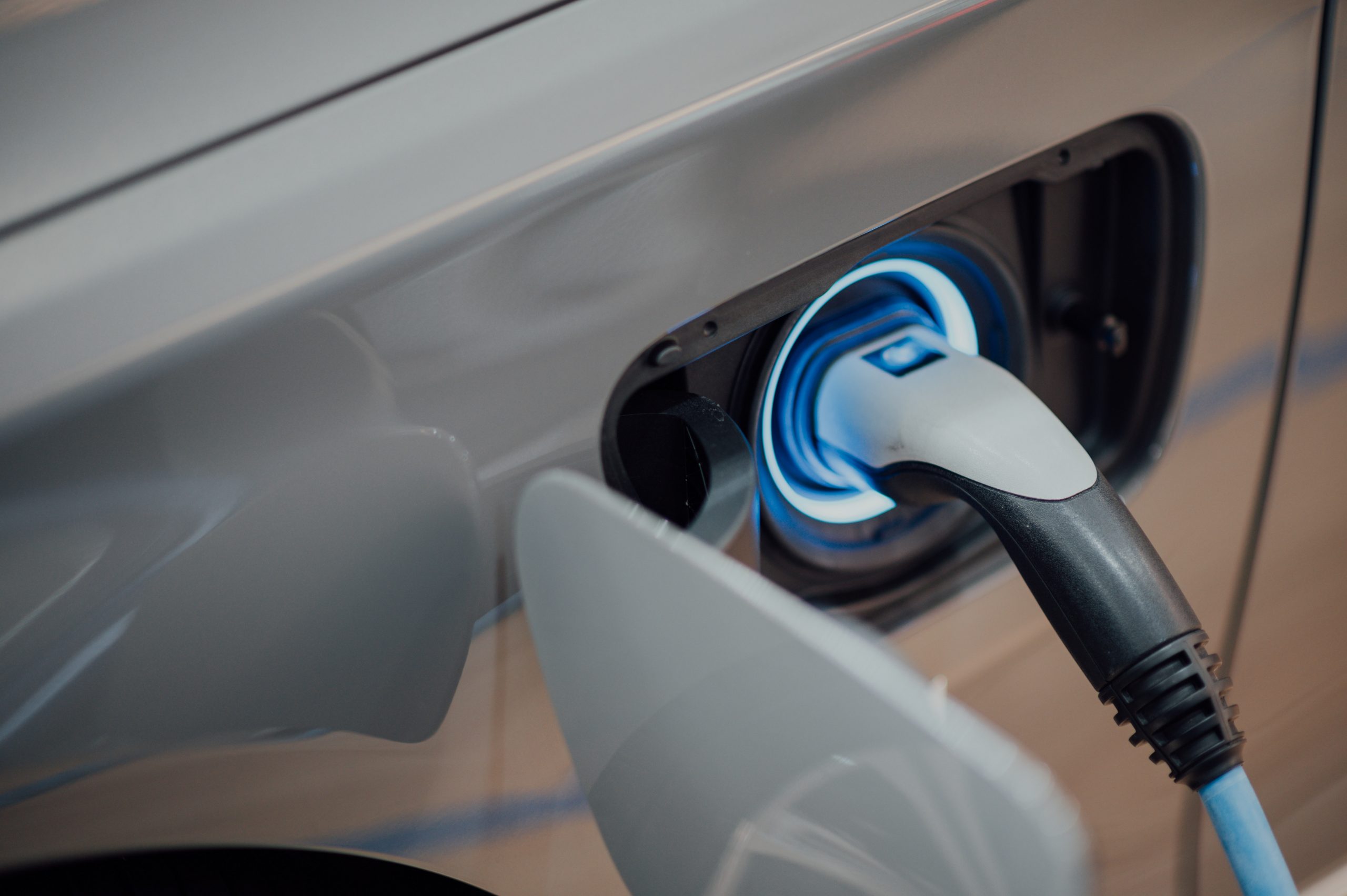
 Possibility for adaptions
Possibility for adaptions

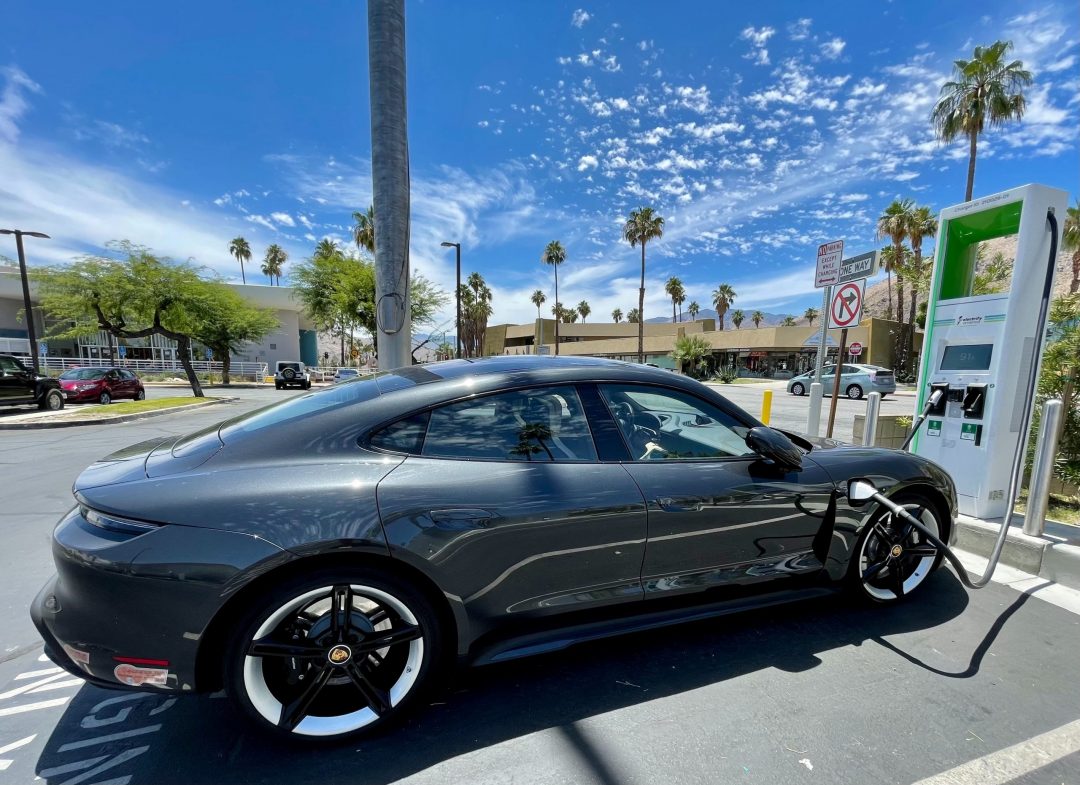
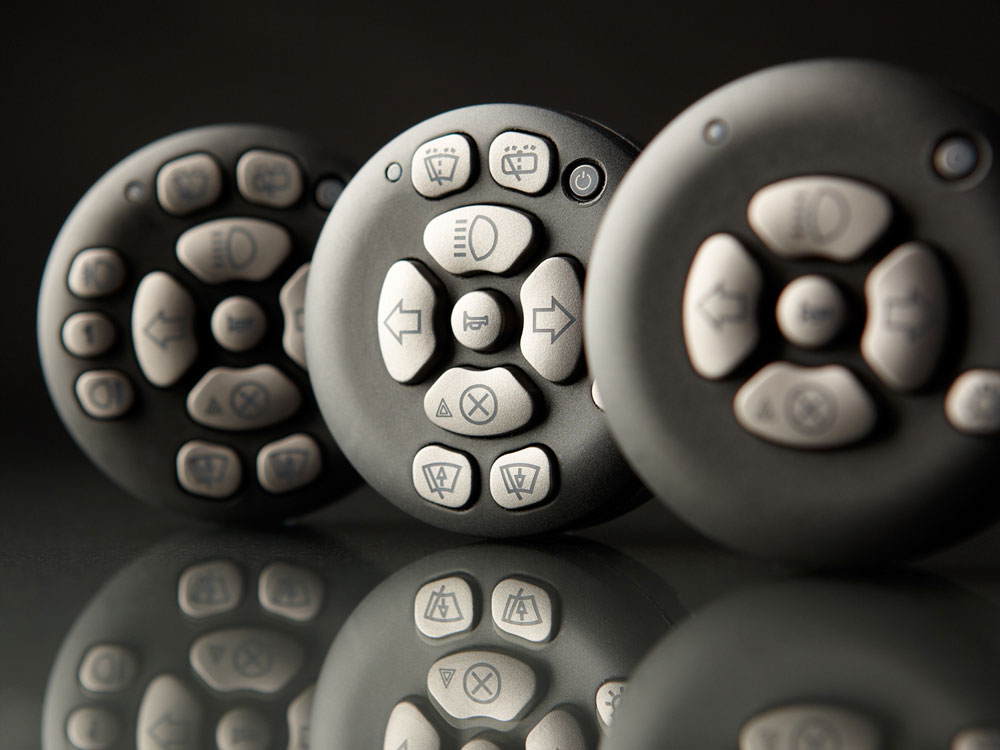
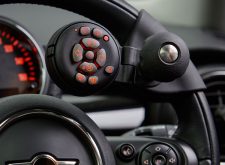 If you aren’t sure which secondary controls will work best for you, our team are here to talk through your options with you. For further information,
If you aren’t sure which secondary controls will work best for you, our team are here to talk through your options with you. For further information, 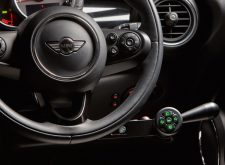 Mini keypads
Mini keypads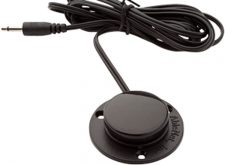 Bleeper systems
Bleeper systems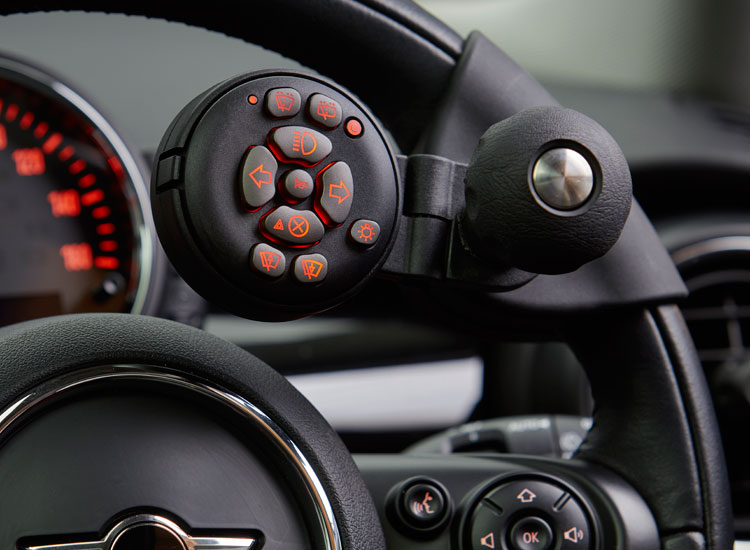
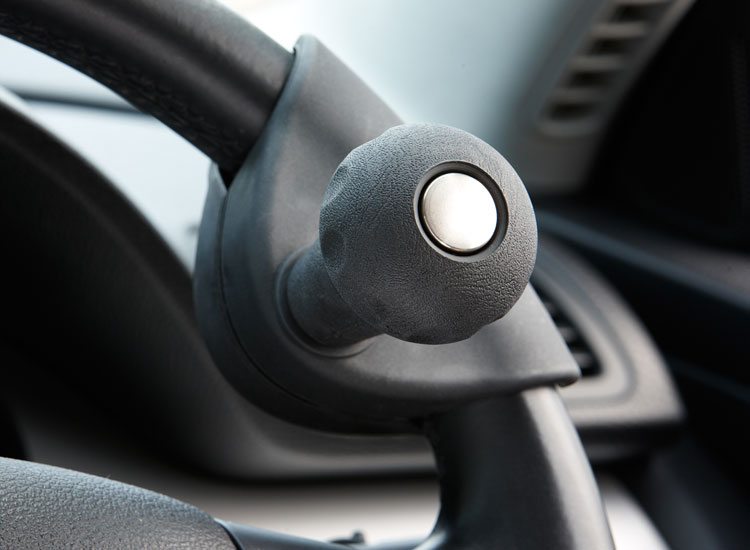
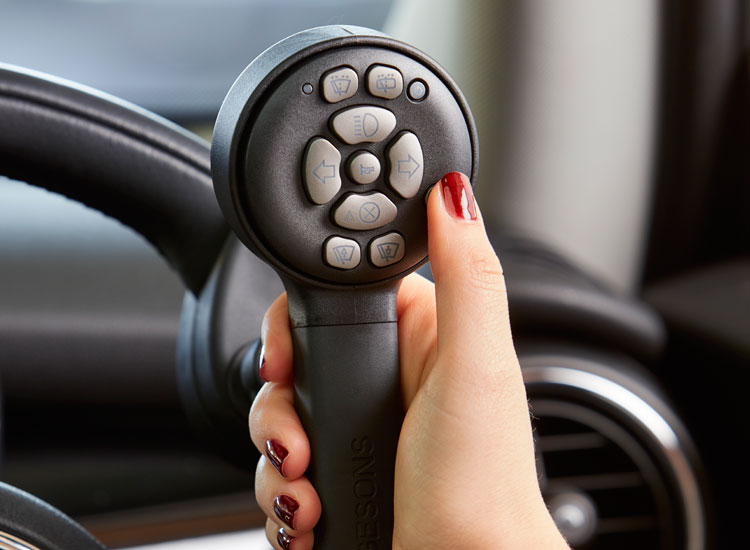 Wireless keypad steering aids
Wireless keypad steering aids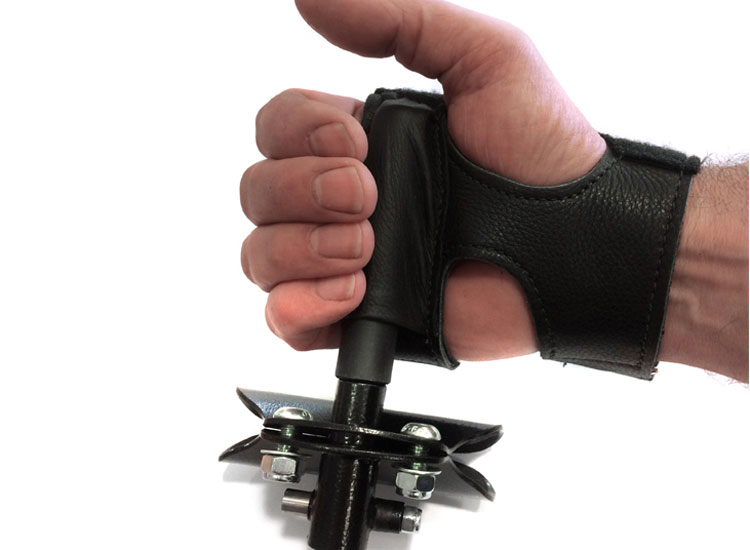
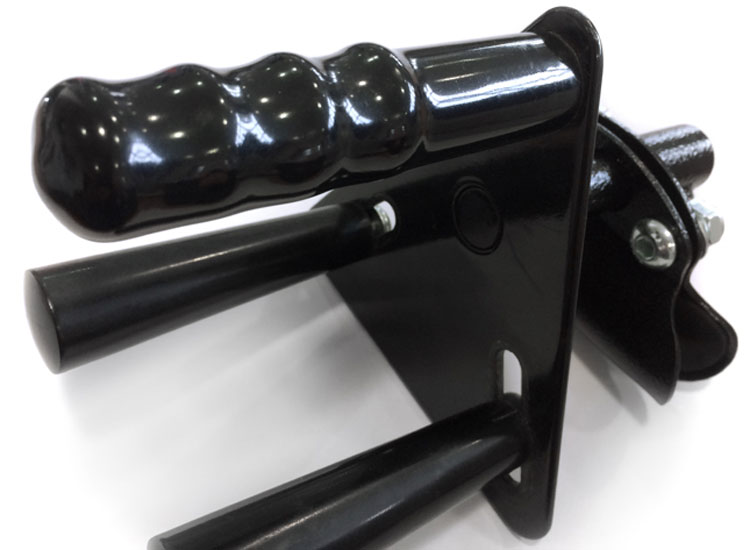
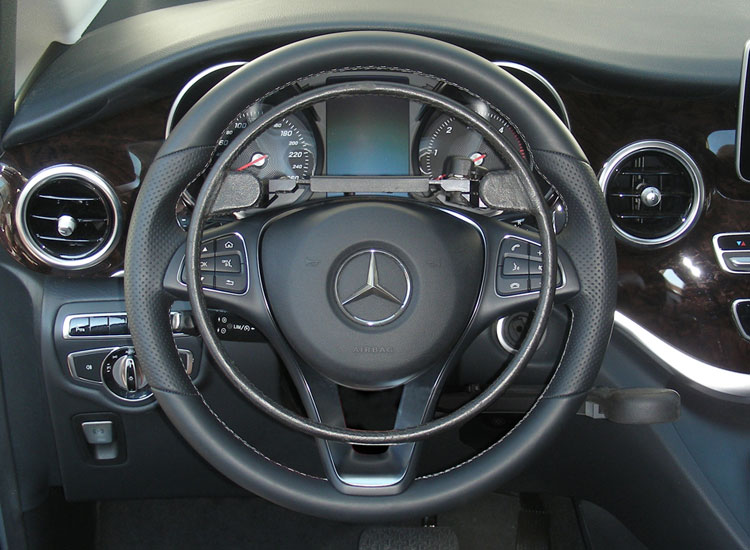
 There is a wide range of
There is a wide range of  The over-ring accelerator is designed to sit neatly over the steering wheel, blending in with the vehicle’s interior. The ring is simply pressed downwards to accelerate. Because the system is electronic, very little pressure or upper body strength is required to operate the over ring, which makes it a great solution for drivers with limited mobility in the upper body.
The over-ring accelerator is designed to sit neatly over the steering wheel, blending in with the vehicle’s interior. The ring is simply pressed downwards to accelerate. Because the system is electronic, very little pressure or upper body strength is required to operate the over ring, which makes it a great solution for drivers with limited mobility in the upper body. The under-ring accelerator is designed to sit neatly under the steering wheel, blending in with the vehicle’s interior. The ring is simply pressed inwards (towards the steering wheel) to accelerate. Because the system is electronic, very little pressure or upper body strength is required to operate the under-ring, which makes it a great solution for drivers with limited mobility in the upper body.
The under-ring accelerator is designed to sit neatly under the steering wheel, blending in with the vehicle’s interior. The ring is simply pressed inwards (towards the steering wheel) to accelerate. Because the system is electronic, very little pressure or upper body strength is required to operate the under-ring, which makes it a great solution for drivers with limited mobility in the upper body. The Ghost Accelerator is the latest in electronic hand controls. It is designed to sit neatly under the steering wheel, blending in with the vehicle’s interior. The driver accelerates by performing a simple rotary movement with the ring (clockwise or anticlockwise). Because the system is electronic, very little pressure or upper body strength is required to operate the under ring, which makes it a great solution for drivers with limited mobility in the upper body.
The Ghost Accelerator is the latest in electronic hand controls. It is designed to sit neatly under the steering wheel, blending in with the vehicle’s interior. The driver accelerates by performing a simple rotary movement with the ring (clockwise or anticlockwise). Because the system is electronic, very little pressure or upper body strength is required to operate the under ring, which makes it a great solution for drivers with limited mobility in the upper body. Radial electronic hand controls operate in a similar way to push/pull hand controls. The brake and accelerator are controlled using a lever system that is operated by the right hand. The brake is controlled by pushing the lever away (towards the front of the car) and the accelerator is controlled by pushing the lever downwards (towards the floor of the vehicle). A safety feature ensures the accelerator automatically cuts out when braking is applied.
Radial electronic hand controls operate in a similar way to push/pull hand controls. The brake and accelerator are controlled using a lever system that is operated by the right hand. The brake is controlled by pushing the lever away (towards the front of the car) and the accelerator is controlled by pushing the lever downwards (towards the floor of the vehicle). A safety feature ensures the accelerator automatically cuts out when braking is applied. Trigger hand controls operate in a similar way to push/pull hand controls. The brake and accelerator are controlled using a lever and trigger system that is operated by the right hand. The brake is mechanical and is controlled by pushing the lever away (towards the front of the car) and the accelerator is electronic and controlled by using the index finger to pull a small trigger. A safety feature ensures the accelerator automatically cuts out when braking is applied.
Trigger hand controls operate in a similar way to push/pull hand controls. The brake and accelerator are controlled using a lever and trigger system that is operated by the right hand. The brake is mechanical and is controlled by pushing the lever away (towards the front of the car) and the accelerator is electronic and controlled by using the index finger to pull a small trigger. A safety feature ensures the accelerator automatically cuts out when braking is applied. The satellite accelerator is operated by pressing down on a small plunger that is attached to a lead, allowing it to be held in one hand, in a variety of positions. This allows the driver to change the position of the hands whilst still operating the throttle, so there’s less chance of stiffening up after prolonged periods of driving. Because the system is electronic, very little pressure or upper body strength is required to operate the accelerator, which makes it a great solution for drivers with limited mobility in the upper body.
The satellite accelerator is operated by pressing down on a small plunger that is attached to a lead, allowing it to be held in one hand, in a variety of positions. This allows the driver to change the position of the hands whilst still operating the throttle, so there’s less chance of stiffening up after prolonged periods of driving. Because the system is electronic, very little pressure or upper body strength is required to operate the accelerator, which makes it a great solution for drivers with limited mobility in the upper body. The electronic pull accelerator is a lever system that is operated with the right hand. The brake is mechanical and is controlled by pushing the lever away (towards the front of the car) and the accelerator is electronic and is controlled by pulling the lever inwards, towards the driver’s body. Because the accelerator is electronic, very little pressure or upper body strength is required to operate the system, which makes it a great solution for drivers with limited upper-body mobility. A safety feature ensures that the accelerator automatically cuts out when braking is applied.
The electronic pull accelerator is a lever system that is operated with the right hand. The brake is mechanical and is controlled by pushing the lever away (towards the front of the car) and the accelerator is electronic and is controlled by pulling the lever inwards, towards the driver’s body. Because the accelerator is electronic, very little pressure or upper body strength is required to operate the system, which makes it a great solution for drivers with limited upper-body mobility. A safety feature ensures that the accelerator automatically cuts out when braking is applied.